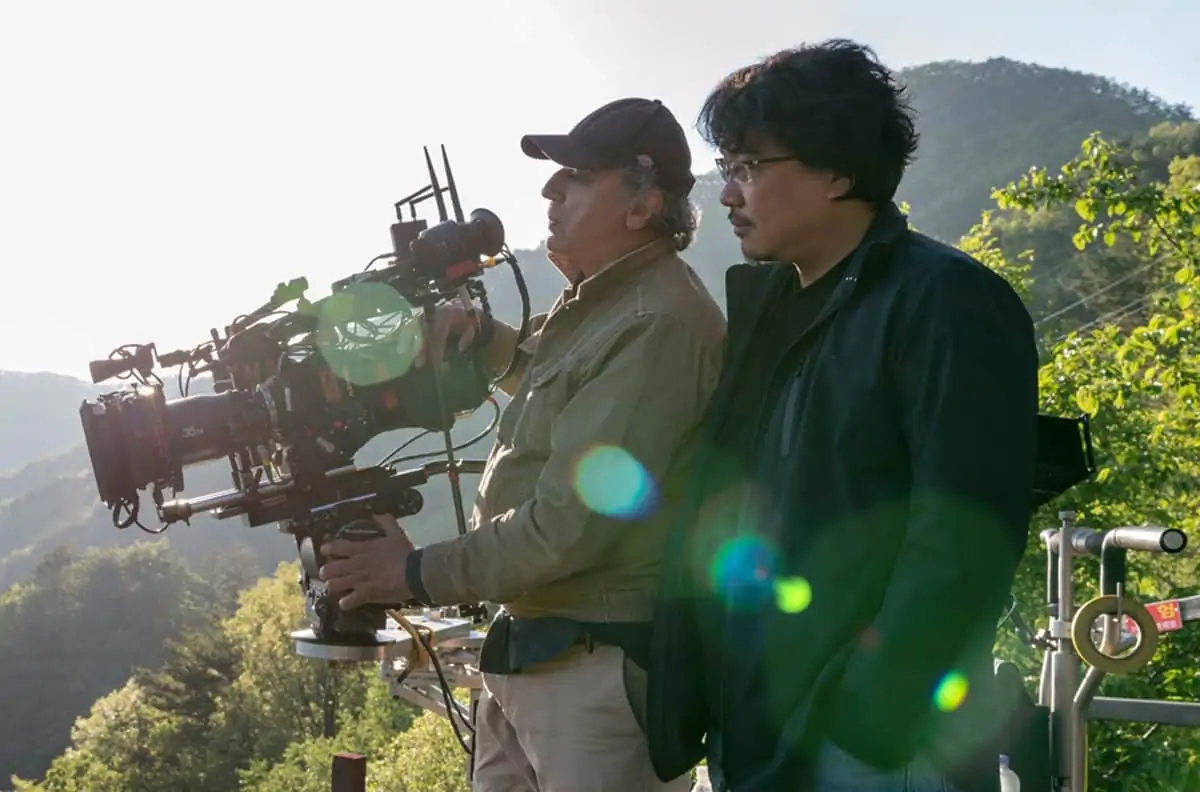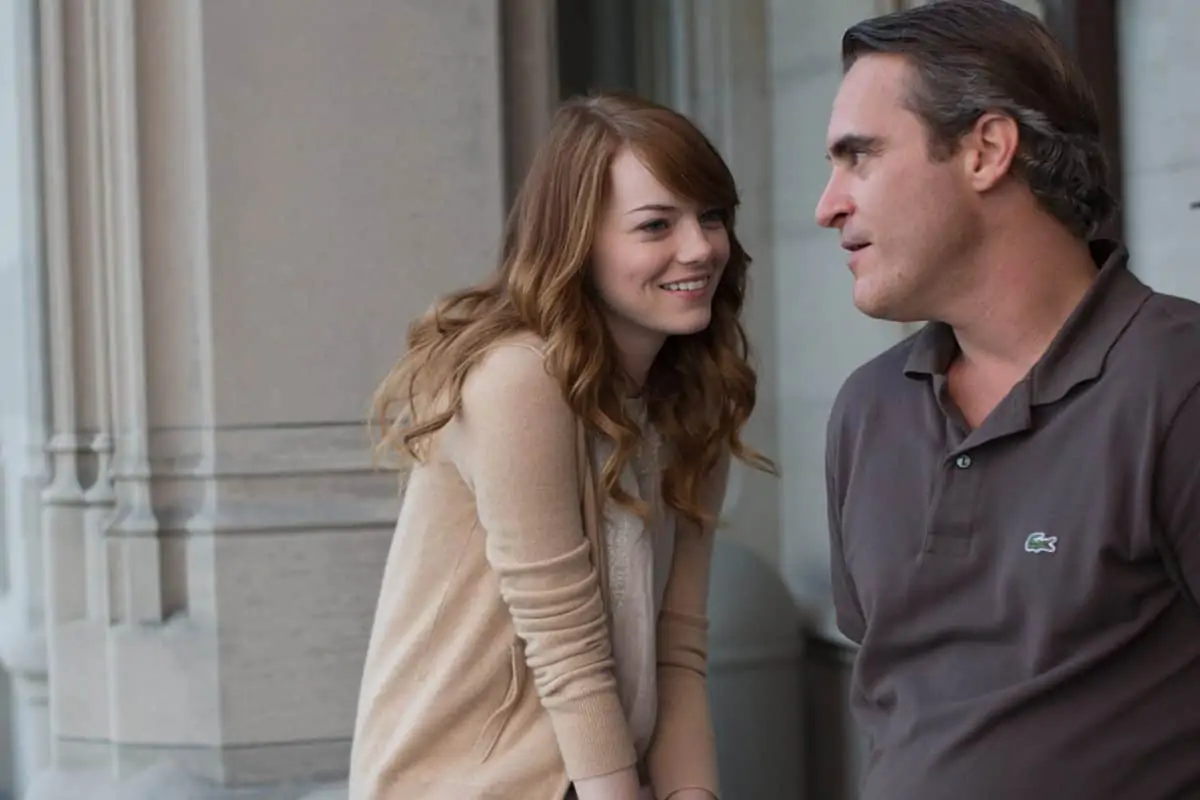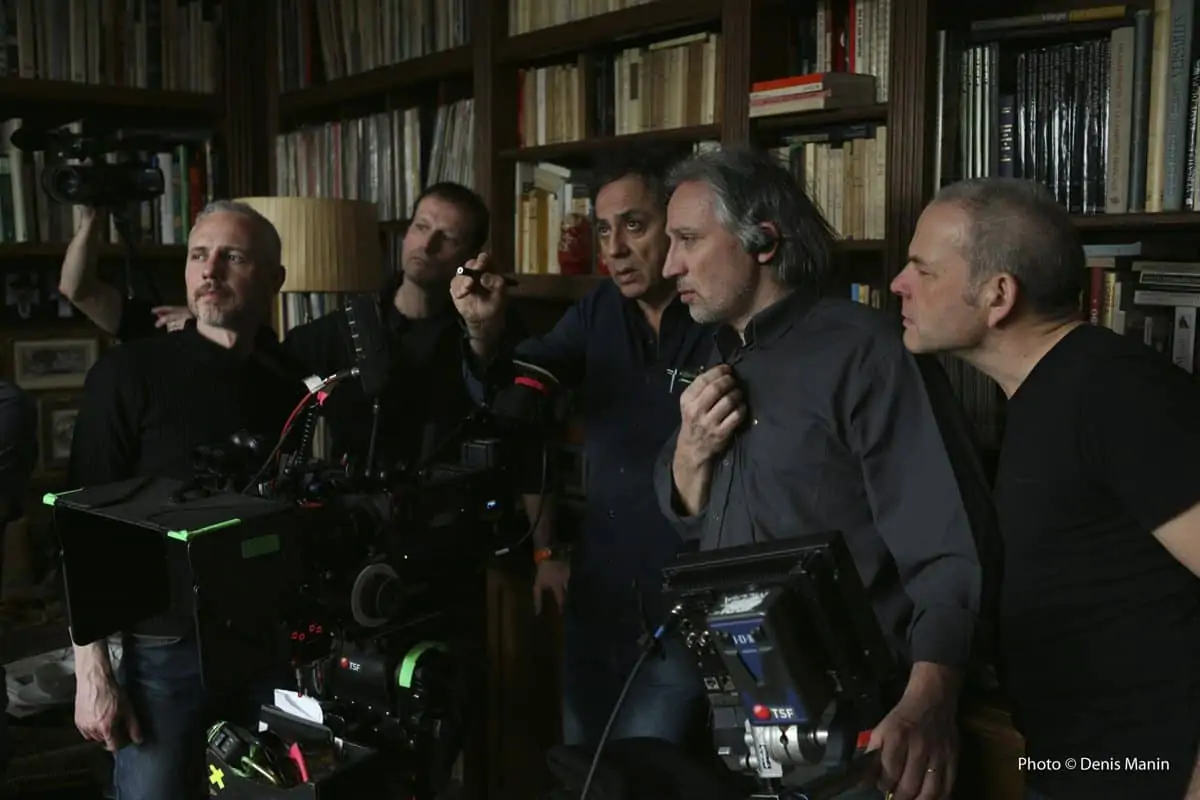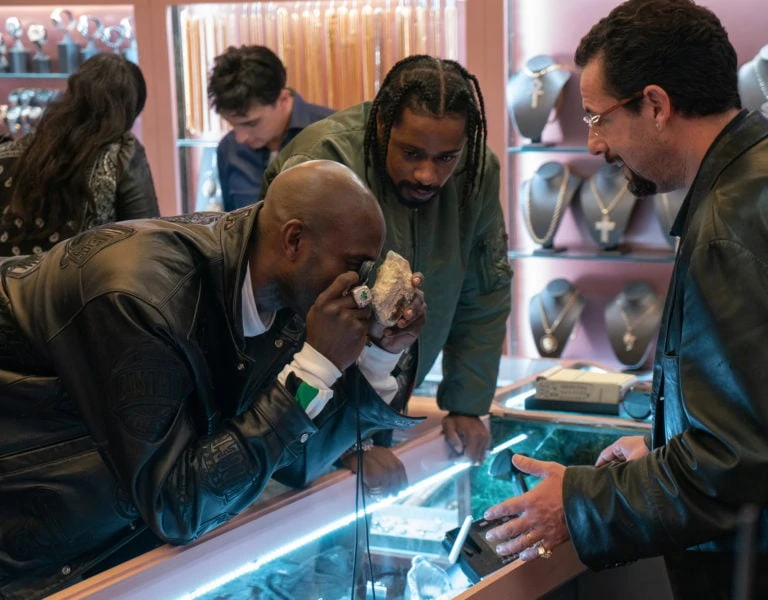MASTER CRAFTSMAN
Few contemporary cinematographers boast as starry a CV as Darius Khondji ASC AFC. The French-Iranian DP revisits his remarkable career, revealing the collaborations with directors that made lasting impressions on him.
Away from set, Darius Khondji ASC AFC constantly takes pictures on his iPhone. He calls them sketches. “I’m always thinking about scenes in the movie I am doing. I even go to sleep and sometimes dream of light. It’s my work and my passion.”
The 66-year-old is one of the most celebrated of contemporary cinematographers, with a hit list of directors on his CV, any one of which might evoke professional envy.
Khondji was Oscar and BAFTA-nominated for his work on Evita, with César Award nominations for Delicatessen and The City Of Lost Children. He won the Italian Golden Globe for Stealing Beauty and the Chicago Film Critics’ Association Award for Se7en. At Cannes this year he was awarded the Pierre Angénieux Tribute in recognition of an exceptional career.
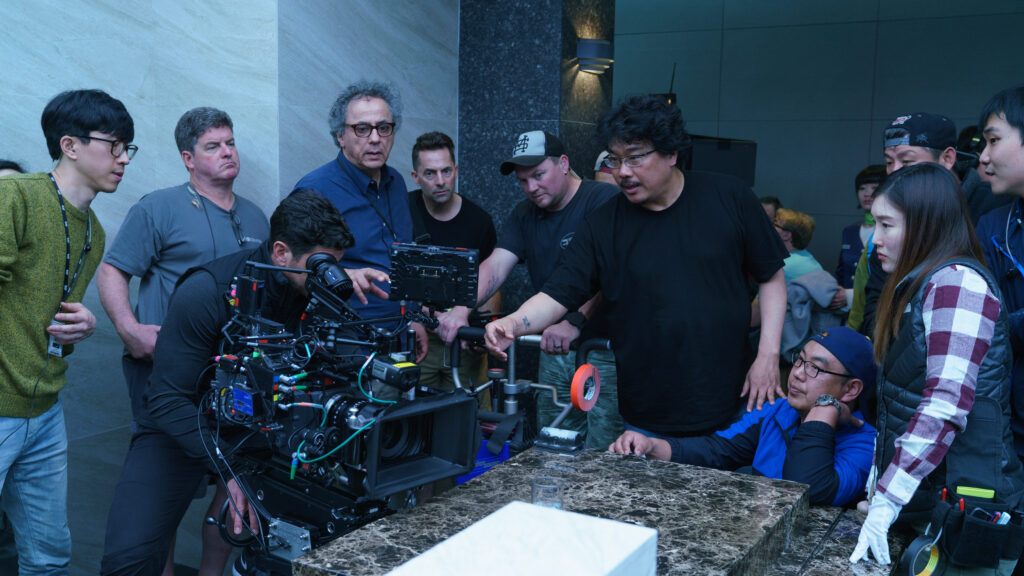
“When I read a script, I don’t like having notes on camera or lighting (when camera and lighting are already stated) or too much input on the photography in the script,” he says. “But I also like working with directors who challenge me. The Safdie brothers was one of the most amazing experiences recently. Uncut Gems was small and low budget, and they pushed me out of my comfort zone. They wanted a gritty realism, they wanted long lenses and long tracking shots.
“To me it was like growing up in different soil, in a different garden. I learnt a something new about myself.”
You could say the same of Zidane: A 21st Century Portrait, a 2006 documentary that focused solely on the movement of football star Zinedine Zidane during a La Liga match, on which Khondji rolled 17 cameras simultaneously to capture what they hoped was the essence of this enigmatic player.
“I love working with such different types of directors,” he says. “I was lucky to go from the Safdies to James Gray (Armageddon Time) and they are polar opposites. In 2005-6 I shot My Blueberry Nights with Wong Kar-wai, on which I was also operating, and immediately into Funny Games with Michael Haneke. These are two opposite conceptions of cinema.”
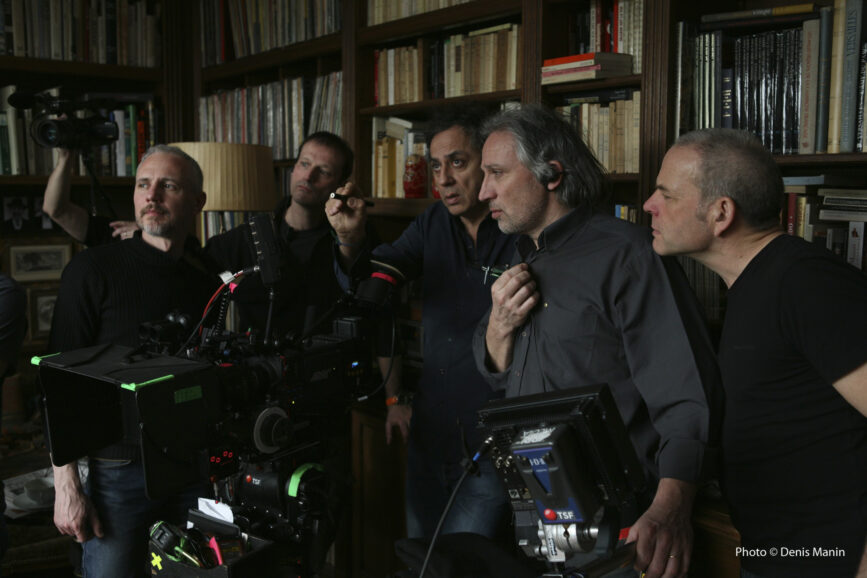
Woody Allen might be less of a “great visual stylist” than Danny Boyle (with whom he made The Beach in 2000) but Khondji says that’s not so.
“He is very sensitive to colour. If the light is too bright or crude, he would feel it and discuss it. I discovered that when I worked with him.”
They have collaborated five times including on Midnight in Paris and Magic in the Moonlight. “Perhaps he is less obviously keen to move the camera, but he is very much a filmmaker in the ‘30s style, concentrating on actors – I love to work with him.”
Allen has also worked with Vittorio Storaro ASC AIC who, along with Bernardo Bertolucci, “were absolute heroes of mine – as were Polanski, Coppola, Kubrick and Scorsese.”
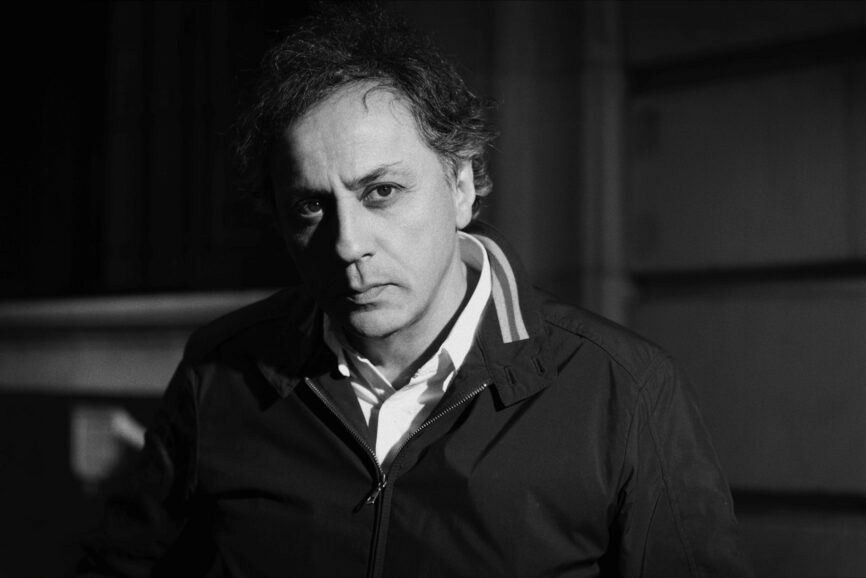
Dream collaborations
After the success of Se7en (1995) established Khondji’s international reputation his agent asked who he’d like to work with next?
“I said, ‘a dream would be Bernardo Bertolucci’. They organised a meeting with him in Paris. I took him to the lab to see sequences from The City of Lost Children (1995). I don’t know how… it was a miracle… but he decided to hire me. It had a vertiginous effect on me.”
Khondji’s sister had first taken him to see The Conformist in 1970 and now he found himself in Rome, staying in Bertolucci’s flat, before recceing locations for Stealing Beauty (1996).
“It was like working on the edge of a roof,” Khondji recalls. “A Spider’s Stratagem, 1900, Last Tango in Paris all stretched below me like towering cinema history and now I am travelling across Tuscany to find locations with Bernardo in his Saab. It was a magical moment. Shooting the film was special but it was so wonderful spending weeks finding just the right place on a hill where the road was red and the scenery so perfect and green.”

A similar set of circumstances connected the DP with Roman Polanski to shoot The Ninth Gate (1999). He recalls seeing the director’s The Fearless Vampire Killers (1967) with his mother, then Repulsion, Rosemary’s Baby, and Chinatown.
“I am fascinated by directors who have such versatility. Kubrick had it, Polanski too. How can one human being make movies so brilliant and so different? Working with every other great director is a matter of luck. You both have to be at a crossroads, the time has to be right.”
He was sent the script for Se7en after photographing a Nike commercial for David Fincher in Paris. “It was full of rainy scenes, so we decided as a concept to set virtually the whole film in rain. Although we shot in LA the intent was to build
a city that could feel like anywhere in middle America. Plus, it needed to be scary. A big influence on the look was Klute; how Gordon Willis ASC had used widescreen compositions of the city, but the city is shown in vertical strips. It’s disorientating. Claustrophobic.” Panic Room (2002) with Fincher followed.
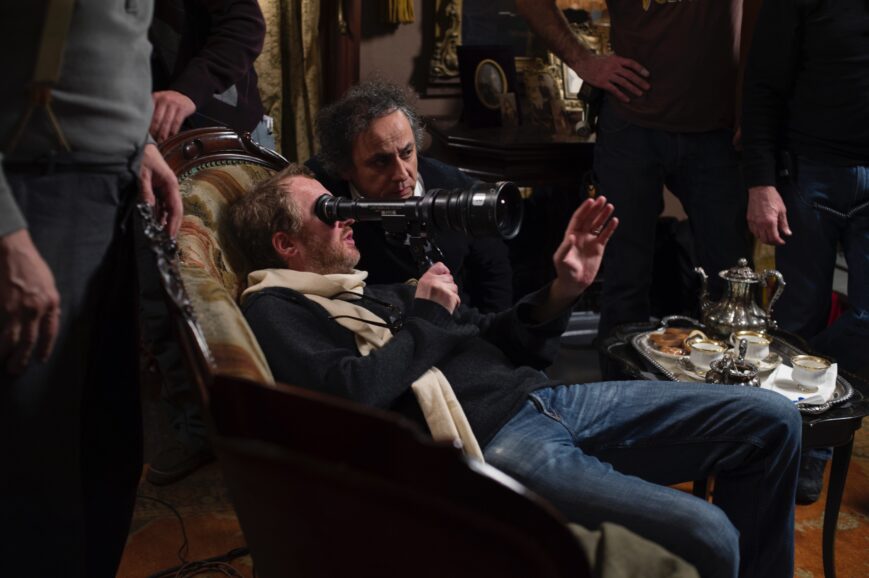
Romance in the dark
Khondji was born in Tehran, to an Iranian father and French mother relocating to the Parisian suburbs near Versailles when he was almost four. His father owned two cinemas in Tehran Iran and although Khondji doesn’t remember him as a cineaste, he did populate their home with posters and publicity stills from the movies he bought to play in his theatres.
“I grew up enthralled by these boxes of photos of films, classics from all over Europe, and fascinated with the actors.”
Around this time, his brother decided he wanted to be an actor and began making 16mm films, but Khondji says he was most influenced by his elder sister, a student of art and archaeology, who took him when he was very young to the Venice Biennale in 1970.
“I started to go to the cinema with her around the age of 12 and decided that what I really wanted was to be a filmmaker.”
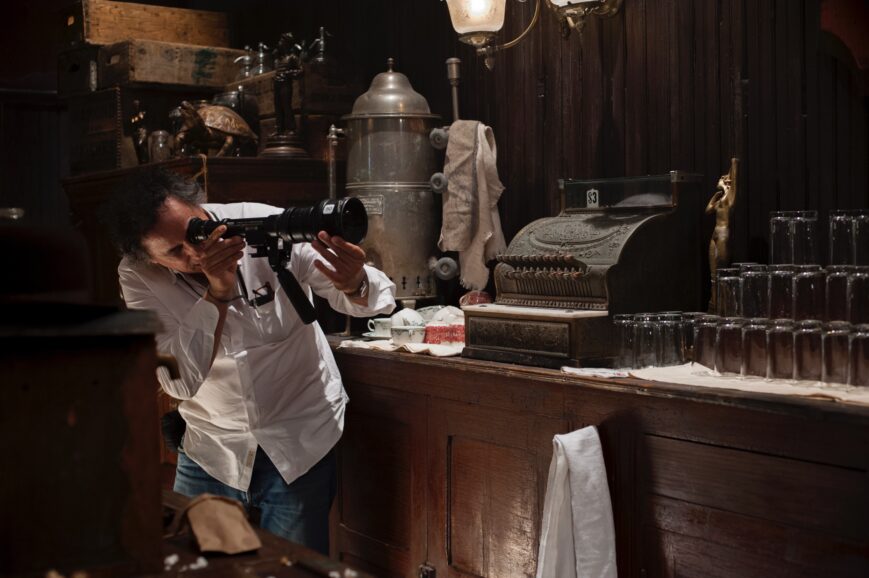
Like so many budding filmmakers he shot homemade Super 8s, sometimes acting in them dressed as Dracula, others influenced by the surrealism of Luis Buñuel.
A hop, skip and a jump later, he is in New York studying film at NYU and the International Centre for Photography under the tutelage of avant-garde filmmaker Jonas Mekas and Haig Manoogian (Martin Scorsese’s film teacher).
“Haig pushed me to be more of a director, but I was photographing other film students and realised little by little that I wanted to be a cinematographer. I wanted to create the ambience by framing and by using texture, to create mood with framing and lighting.
“I also knew it was not going to be an easy task. I had chosen a career that was very technical, and it scared me.”

Khondji says he was not academically strong, passing his Baccalauréat aged 20 rather than 17, and wishes that he had taken courses in philosophy and history.
“This was just my personal interest. It wouldn’t have affected my work but, then again, we are all a mix of everything we do.”
In 1981 he returned to Paris as camera assistant starting as an apprentice at Éclair lab, and Panavision. He was camera assistant for cinematographers like Bruno Nuytten and Martin Schafer. A highlight was prepping the kit for L’Argent (1983), the final film of the great French director Robert Bresson.
His first solo feature credit as DP was Embrasse-moi in 1989 but his breakthrough came a year later. “Le Trésor des îles Chiennes is what I consider my first statement movie and the first time I truly could express myself entirely as cinematographer,” he says.
The low budget sci-fi was shot on location in the Azores and Portugal in black and white with Cooke Technovision anamorphics. ‘Cahiers du Cinéma’ (the fabled French film journal) devoted a whole article to its photography and interviewed Khondji.
“That was a big thing for me and very encouraging,” he says. He already had his next job lined up. Directors Jean-Pierre Jeunet and Marc Caro had asked him to shoot their debut feature a year earlier but production was delayed. Now he was ready to make Delicatessen.

Busier than ever
He would have most loved to have worked with Stanley Kubrick and came close at one point, when his agent and Kubrick’s producer made contact. But it wasn’t to be.
“I respect the fact that Kubrick liked to work with the same set of artists like John Alcott,” he says.
Another ambition is to shoot a film in his birth country or with an Iranian filmmaker. He came close to working with Abbas Kiarostami when they met in 2002 but that was another project that passed in the night.
“I have mixed memories of Iran,” he says, “some strong images of my own, some that my family has told me about. I don’t speak Farsi, but I do feel very connected to the country and its people.”
His first digital shoot was on Nicolas Winding Refn’s Amazon Prime Video series Too Old to Die Young. “While it’s just so sexy to shoot on film – it looks great on skin tones – digital can be very beautiful too but it can make cinematographers lazy.”
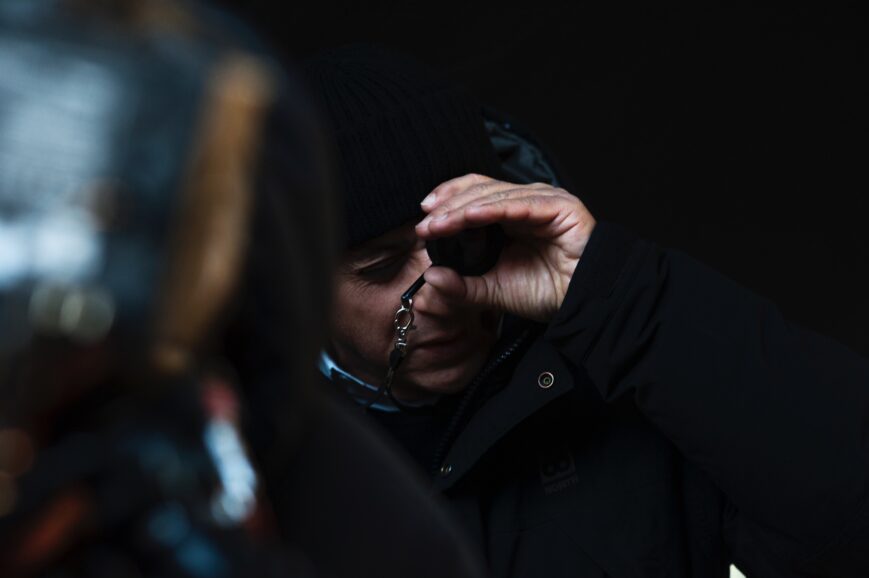
The master of light has also embraced volume shooting after using LED screens for the first time on the set of G. Iñárritu’s Bardo. “I was scared of doing it, but I did some research and now I would be happy to do it again and have another experience with it,” he says. “I would love to shoot car interiors like that. I don’t see all cinema being made like this, but it is a wonderful new tool.”
He’s currently working again with Bong Joon-ho, with whom he made Okja (2017). It is an untitled film starring Robert Pattinson, who is shooting at Leavesden. “Yesterday evening I was walking in London and came across a big solid awning with a beautiful soft top light. I took a picture because I wanted to show it to my wonderful gaffer. I’m always working.”
Aside from ‘sketches’, he makes sure to visit art galleries. This week it’s the Tate and the Serpentine.
“Paintings are not a direct influence on me. It’s more of an ambience. Galleries are places where you can change your eyes with light, and you emerge from it stronger. I tend to do this after finishing a project. It’s a sort of palette cleanser.”

